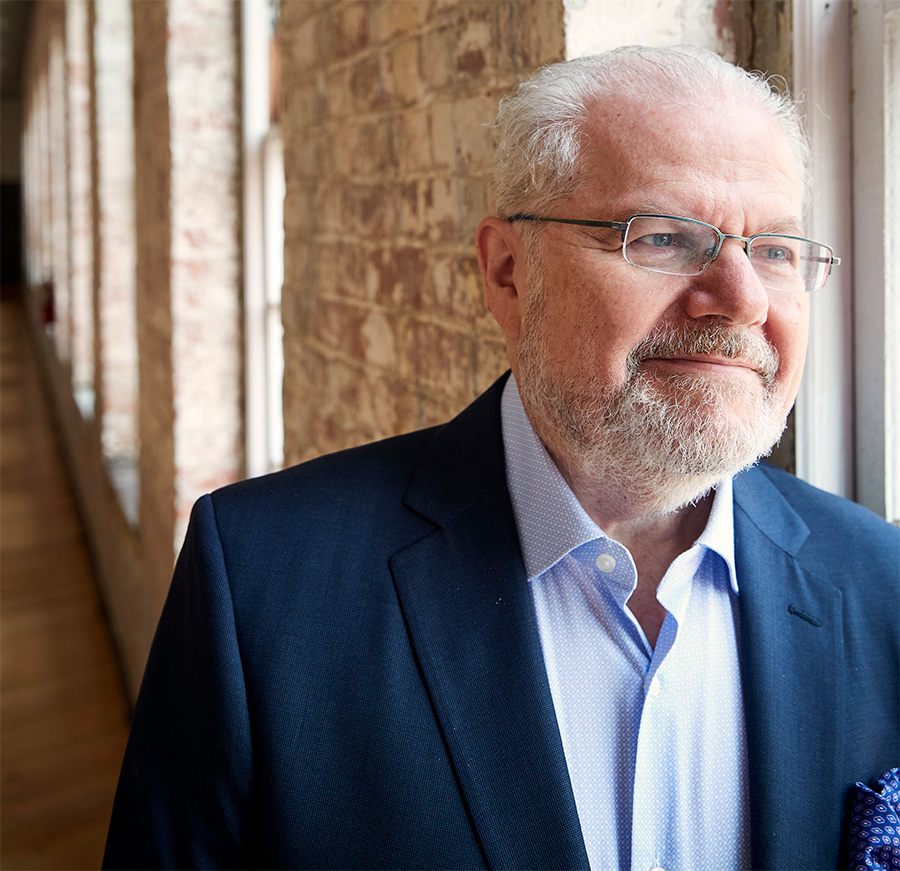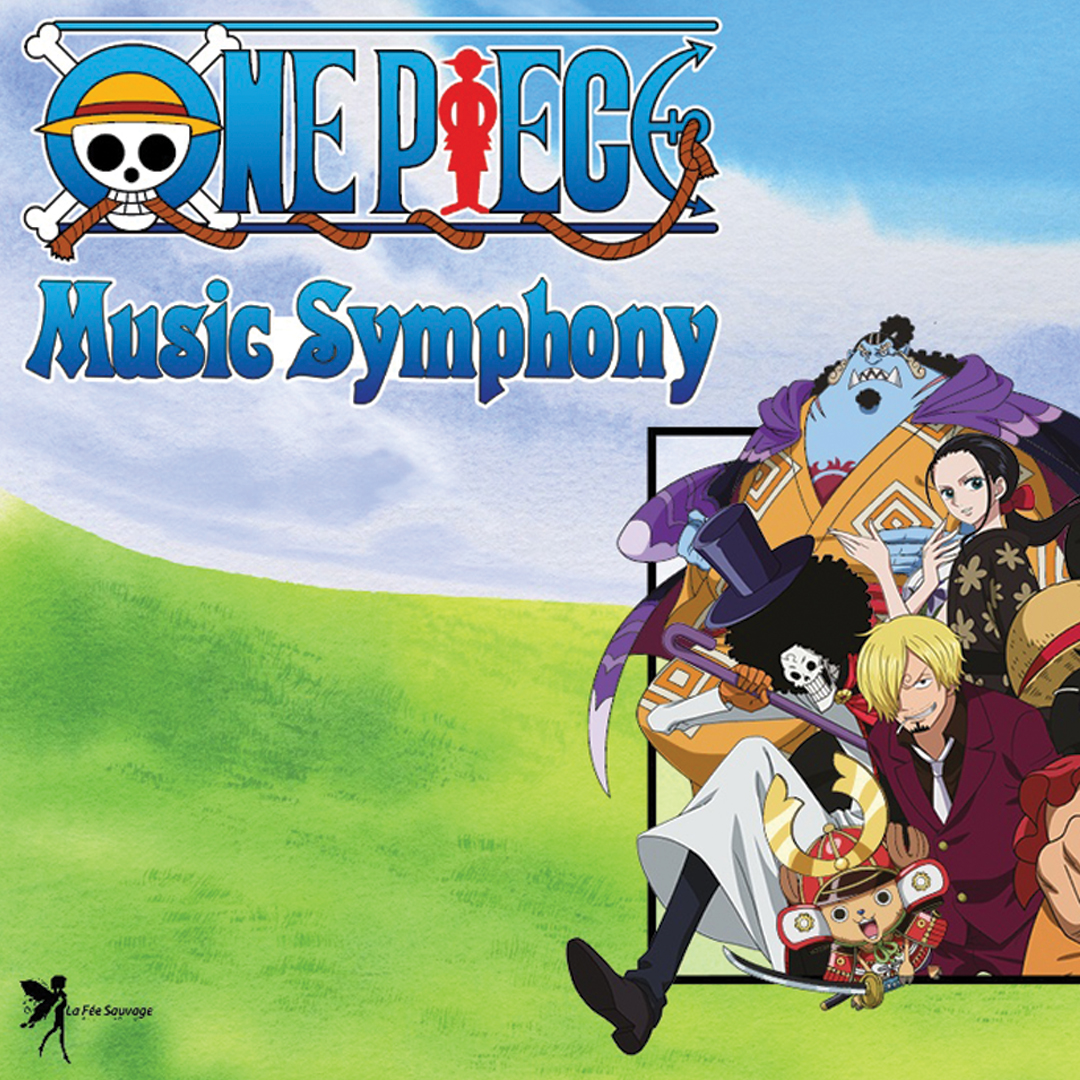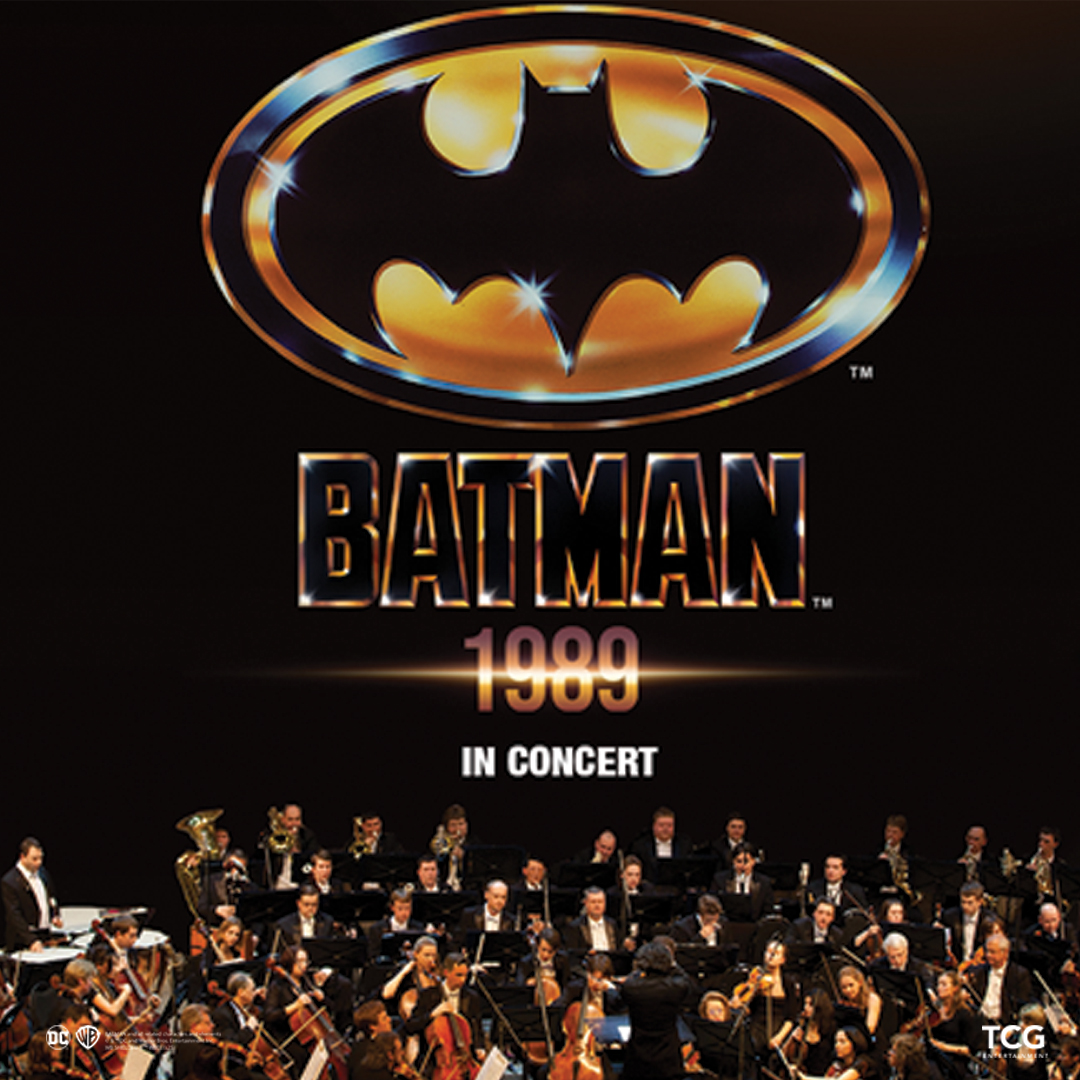
Emanuel Ax
Plays Chopin
SATURDAY, OCTOBER 25, 2025 | 7:30PM
SUNDAY, OCTOBER 26, 2025 | 3:00PM
Valentina Peleggi | conductor
Emanuel Ax | piano
RICHMOND SYMPHONY
When Music Director Valentina Peleggi considered how to build a program around Chopin’s First Piano Concerto (which is actually his second, chronologically), she saw two possible paths: “To mitigate the sweetness – it’s like a dish – or just go with it,” she says. “And I went with it and decided: let’s dive into the Romantic.” The result is a program that bathes in lush, lyrical writing and sumptuous orchestral colors.
A key reason behind this pairing is what Chopin’s concerto omits: “The orchestra doesn’t have big, lyrical moments. It’s mostly the piano,” Peleggi explains. “So I thought we could offer the orchestra a chance to play these very long, very beautiful, lyrical lines in the second half.” That inspiration led her to Rachmaninoff’s Symphony No. 2 – one of the most sweeping Romantic scores in the repertoire.
Between the two sits a short but poignant interlude: the Intermezzo from Pietro Mascagni’s opera Cavalleria Rusticana. “Mascagni is an homage,” Peleggi adds, “in his 80th anniversary in 2025. So I thought
it was nice to have a little moment of
late Romantic music from his most
famous opera.”
Frédéric Chopin / Piano Concerto
No. 2 in F minor, Op. 21
Frédéric Chopin had to watch his homeland’s political struggles from afar. In 1830, the year he left Warsaw at age 20 to launch his career abroad, the November Uprising against Russian occupation erupted and was soon crushed. Chopin never returned to Poland, spending the rest of his life in France in permanent exile. That melancholy undercurrent – of beauty shadowed by loss – haunts even his
earliest music.
Before departing, Chopin introduced himself to the Warsaw public as both composer and soloist in two piano concertos written that year to showcase his brilliance at the keyboard. Chopin favored an approach leaning toward lighter textures and dazzling virtuosity. The orchestra opens the first movement with stately grandeur, establishing two contrasting themes: a bold, declamatory idea and a more reflective, lyrical one. But once the piano enters, the story belongs almost entirely to the soloist. Chopin takes these materials and reshapes them in the language of his instrument – reimagining them as poetic musings and decorating them with intricate filigree.
The heart of the concerto lies in its second movement, marked Larghetto. Here, we encounter the composer as the poet of the piano, offering music of such tenderness and intimacy that it barely feels public at all. Chopin admitted the movement was inspired by a real-life infatuation.
Drawing on the style of Italian bel canto opera, Chopin writes a long, soaring melody that would be just as at home in an aria by his contemporary Vincenzo Bellini, who helped define that style. The finale restores rhythmic vitality. Marked Allegro vivace, it draws on the stylized Polish folk dance known as the mazurka – full of syncopation and sudden shifts in mood. What began in melancholy and longing ends with triumphant sparkle.
Pietro Mascagni / Intermezzo from Cavalleria Rusticana
While Puccini became the most enduring voice of Italian verismo, it was Pietro Mascagni who launched the movement with his sensational 1890 debut opera Cavalleria Rusticana. The two composers were close contemporaries – friends and rivals from their student days in Milan. Mascagni’s breakthrough captured verismo at its rawest: a compact tale of jealousy, betrayal, and revenge set in a Sicilian village on Easter morning. Returning home, the soldier Turiddu rekindles an affair with his now-married former lover, setting off a fatal chain of jealousy and revenge.
The brief Intermezzo offers a rare moment of calm and emotional reprieve between scenes. Scored for strings and harp, its quiet lyricism provides a poignant contrast to the surrounding drama – and has become one of Mascagni’s most cherished melodies. The gently rocking triple meter evokes pastoral serenity, though tinged with melancholy.
Sergei Rachmaninoff / Symphony No. 2 in E minor, Op. 27
We are fortunate to have Rachmaninoff’s Second Symphony – along with the rest of his mature works – since he nearly gave up composing after the catastrophic premiere of his First Symphony in 1897. That performance, widely blamed on the drunken incompetence of its conductor, devastated Rachmaninoff’s confidence. A breakthrough came through his therapist, Dr. Nikolai Dahl, whose treatment led to the Second Piano Concerto of 1901.
But it wasn’t until 1906, after relocating to Dresden, that Rachmaninoff resumed serious composition. The Second Symphony, completed the following year, was first performed in 1908 and met with great acclaim. Today it is recognized as one of the great Romantic symphonies of the
20th century.
The Symphony opens with a brooding, chant-like figure in the low strings – a kind of generative cell for the entire work. Its solemnity gives way to a lyrical Allegro, where sweeping violin lines and a warmly contoured second theme unfold in Rachmaninoff’s signature style.
The second movement, a scherzo in all but name, is rhythmically propulsive and filled with energetic bite. A recurring rhythmic motif hints at his fascination with the Dies Irae chant evoking the Last Judgment. The Adagio is the emotional heart of the symphony. A soaring violin theme opens the movement, but it’s the solo clarinet that steals the show with an achingly beautiful melody.
The finale bursts forth with extroverted energy. The E minor key of the opening gives way to a triumphant E major. In the final pages, Rachmaninoff interlaces earlier themes, building to a radiant climax that seems to ring with the sound of pealing bells.
Program notes (c)2025 Thomas May

